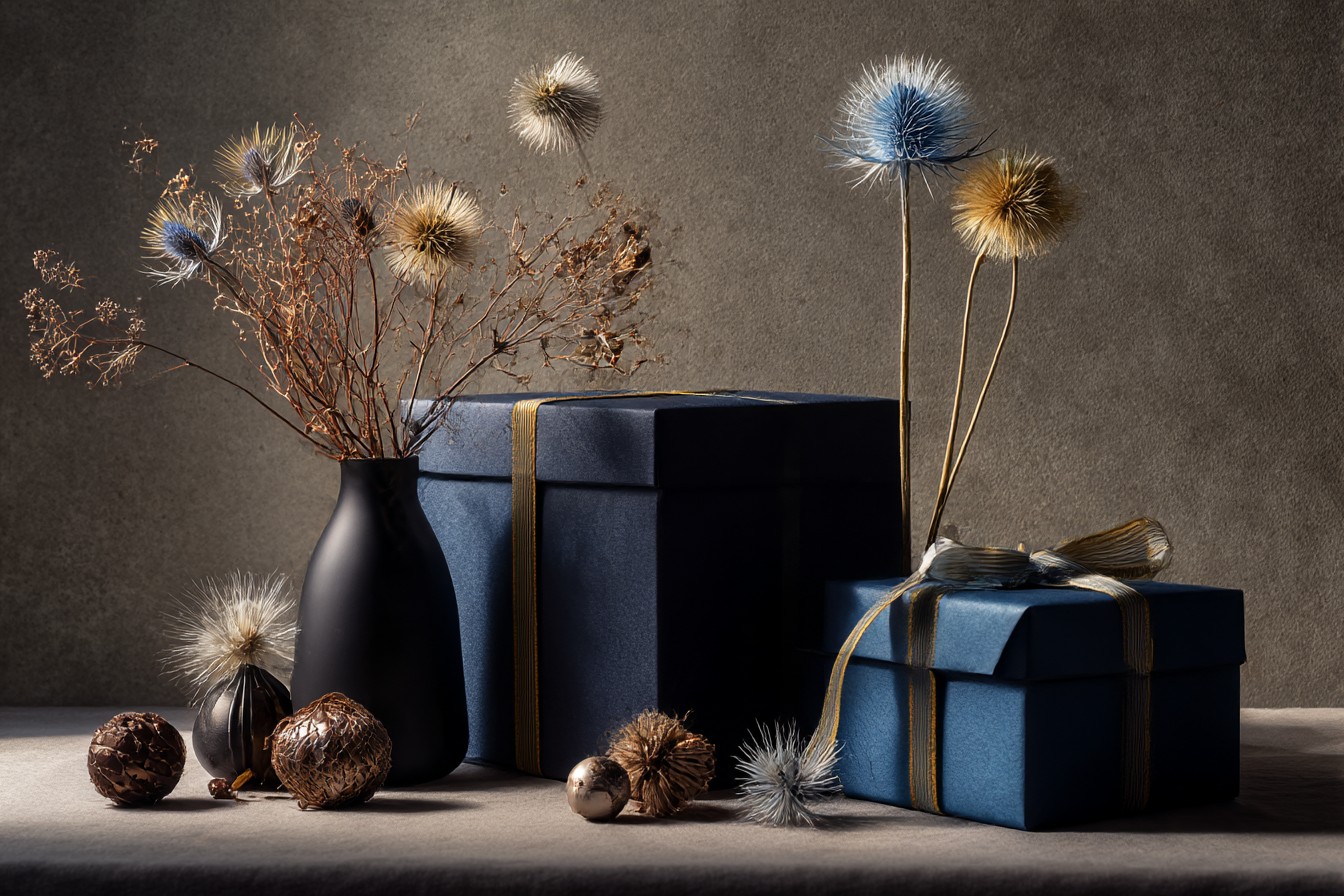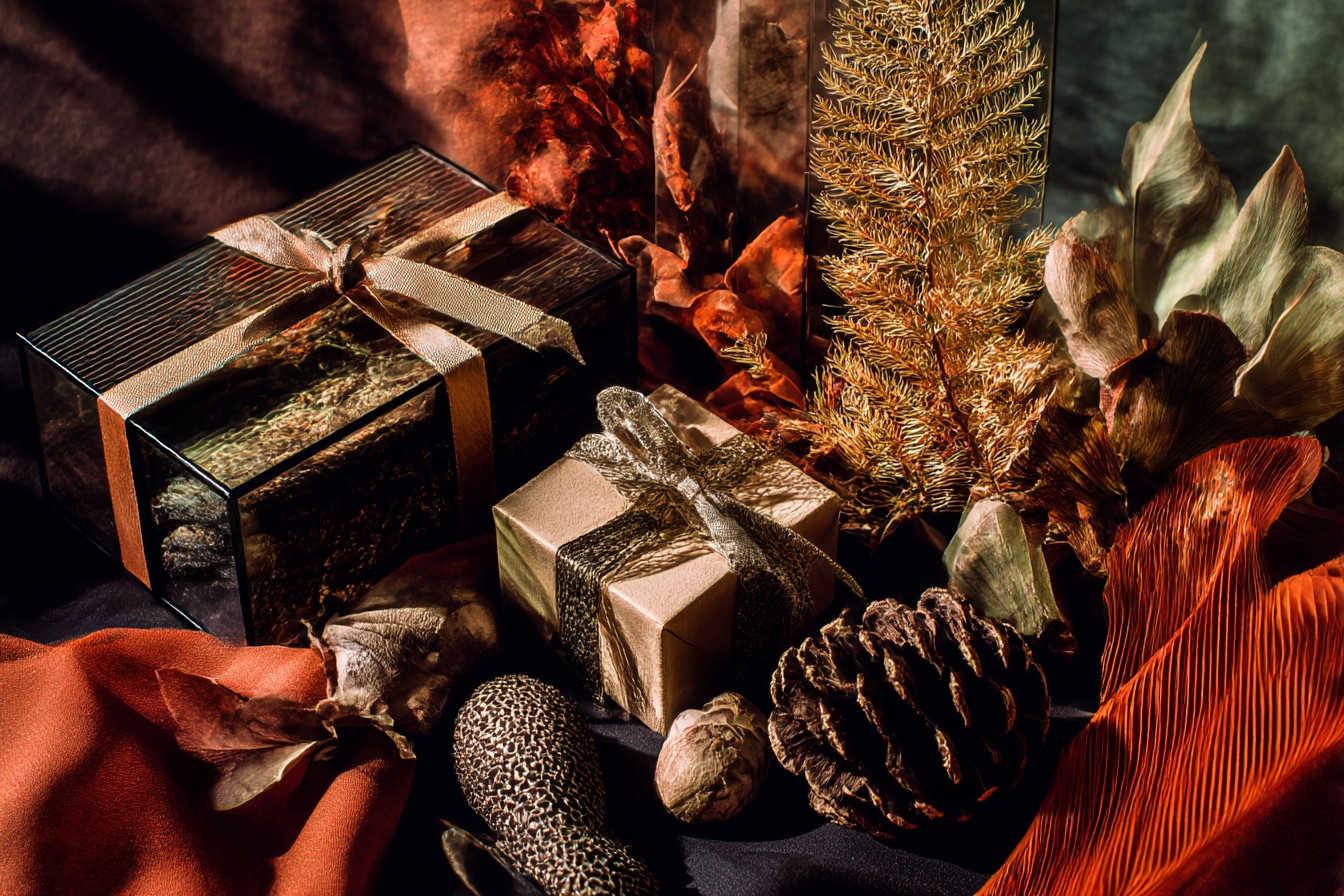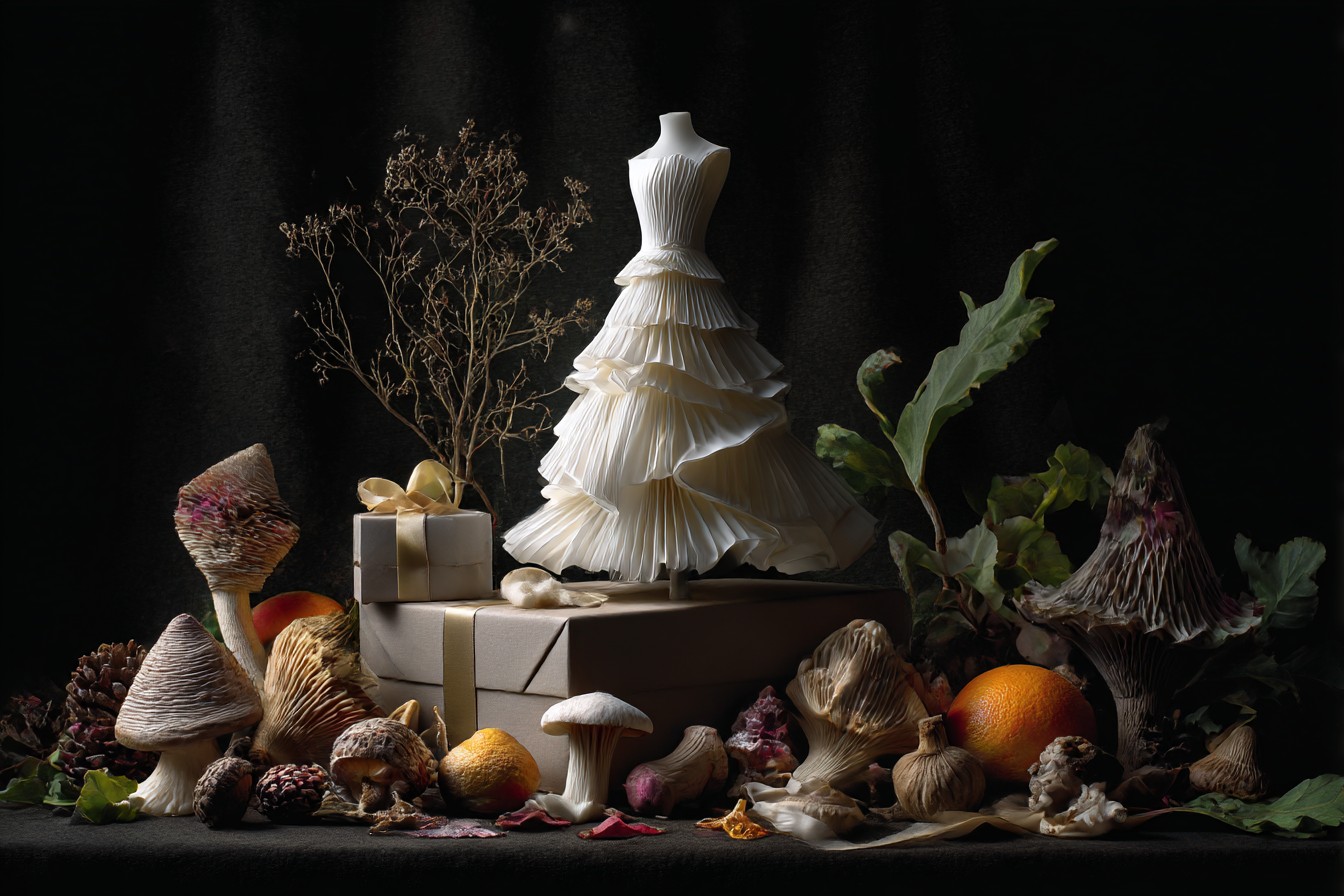Let me tell you about the time my friend Melissa burst into tears over a punnet of strawberries. We’d had a truly rubbish week—both nursing broken hearts after relationships that had imploded spectacularly within days of each other (early twenties drama, you know how it is). I’d popped round to her tiny Brixton flat one June evening, armed with the first British strawberries of the season, a small pot of clotted cream, and a half-decent bottle of prosecco. Nothing fancy, nothing expensive—just the first proper summer berries, sweet as anything and perfectly ripe.
She took one look at that little cardboard tray of red berries and properly lost it. Through her tears, she explained that her gran used to make a big deal about the first strawberries each year, and no one had bothered with those little seasonal traditions since she’d passed away. It wasn’t about the strawberries themselves—it was that someone had noticed the seasons changing and thought to celebrate it with her.
That moment has stuck with me for nearly fifteen years now. It fundamentally changed how I think about gifts and giving. We’ve become so fixated on the major calendar events—Christmas, birthdays, Valentine’s, Mother’s Day—that we’ve forgotten the daily magic of changing seasons and the small transitions that make up a year. We rush through life waiting for the big moments while missing the small ones that actually make up most of our existence.
Don’t get me wrong—I love a good Christmas present exchange as much as anyone. The mountain of festive gifts under the tree, the anticipation, the whole ritual of it. But I’ve found there’s something wonderfully unexpected and often more meaningful about giving gifts that are anchored to the natural rhythm of the year rather than just the commercially designated occasions.
I started small, mostly with food-related seasonal gifts. Those first English asparagus spears in April, bundled up with a lemon and a little jar of hollandaise for my brother who’s a proper foodie. The first proper autumn apples in September, paired with a chunk of really good Cheddar for my friend Sarah who goes mad for a ploughman’s lunch. These tiny seasonal markers cost next to nothing but say “I noticed this small, good thing and thought of you” in a way that somehow feels more personal than many grander gestures.
Charlie thought I was slightly mad at first—”You’re going to Helen’s house just to give her some blackberries?” But he’s come round to it, especially after I started bringing home the first forced rhubarb each February, knowing it’s his absolute favourite. There was a little moment last year when he actually mentioned looking forward to “pink sticks season,” and I knew I’d created a tiny tradition that was bringing genuine anticipation and joy.
I’ve expanded beyond food, too. The first really chilly day in October has become my signal to deliver small packages of fancy hot chocolate and those brilliant oversized marshmallows to my cold-hating friends. When the spring bulbs start appearing, I’ve taken to potting up little containers of hyacinths or tete-a-tete daffodils for people who I know are desperate for winter to be over. Last year I dropped one on my editor Olivia’s desk during a particularly gruelling production week in February, and she told me later it was the only thing that got her through to deadline.
One of my favourite seasonal rituals now happens at the autumn equinox. While everyone else is focused on Halloween coming up, I think the equinox—that perfect balance of day and night—deserves its own small celebration. I started making simple beeswax candles (dead easy, you can get kits online) with dried flowers or herbs from the summer garden pressed into them. Nothing fancy, often a bit wonky, but I package them with a little note about bringing light into the darkening days, and people go absolutely mad for them. My friend Priya says she won’t even light hers—she keeps them lined up on her mantelpiece from year to year, a little visible calendar of our friendship.
The winter solstice has become another anchor point in my gift-giving year. While everyone’s rushing around in pre-Christmas chaos, there’s something lovely about acknowledging the actual darkest day with a small token. I usually opt for something that creates warm light—a small lamp, interesting tea lights, or one year, star-shaped fairy lights for my goddaughter’s bedroom to make “indoor stars” on the longest night. Her mum sent me a video of her falling asleep beneath them, utterly convinced that I’d somehow brought actual stars inside for her.
Bank holiday weekends—those peculiarly British institutions—are perfect opportunities for seasonal gifts that celebrate a specific moment in time. The first May bank holiday calls for something that acknowledges the proper arrival of spring—seed packets for gardening friends, a new picnic blanket for outdoor-loving pals, or my personal favourite, those brilliant British strawberries again, this time with meringue nests and cream for an impromptu Eton mess.
The late August bank holiday has its own feel—a bittersweet acknowledgment that summer’s winding down. I like to give harvest-related gifts then, preserving that summer feeling. Last year I made little batches of herb-infused olive oil in tiny bottles—rosemary and thyme from my tiny garden balcony that had gone mad in the summer heat. They cost practically nothing but looked beautiful with their hand-written labels and sprigs of herbs floating inside.
Seasonally-appropriate books are another brilliant option—not necessarily new publications, but books that speak to the particular energy of each season. Cosy murder mysteries for autumn evenings, lush garden-centered novels for spring, sweeping adventures for summer reading in the park. My university friend James, who’s now got three kids under five, tells me the seasonal picture books I send for no particular occasion throughout the year are the most consistently successful gifts I’ve given him—they arrive when the kids are bored with their current selection, and they’re always perfectly timed to match what’s happening outside their windows.
Then there are the proper obscure seasonal markers that I’ve shamelessly adopted from different traditions or just made up entirely. Wren Day (26th December, while everyone’s in a post-Christmas food coma), Imbolc (1st February, when you’re desperate for winter to be over), or the spring cross-quarter day in early May that marks the proper beginning of summer. These overlooked moments are perfect for small remembrances precisely because they’re unexpected.
The Japanese have this concept called “hashiri”—the first harvest or first catch of each seasonal food. There’s a special value placed on these first appearances, a celebration of both the food itself and the particular moment in the year it represents. I’ve borrowed this concept shamelessly. My sister-in-law now knows to expect a small package containing the first blood oranges each January, and she swears they taste better than any others throughout the season.
Working at British Celebrations has only deepened my appreciation for these off-calendar giving opportunities. While we obviously cover all the major holidays (it pays the bills, after all), I’ve been sneaking more seasonal content into our editorial calendar—”Five Ways to Celebrate the Autumn Equinox,” “Small Gifts for Summer Solstice,” that sort of thing. To my editor’s surprise, they’ve consistently performed brilliantly. Turns out I’m not the only one craving connection to the actual rhythms of the year rather than just the Hallmark calendar.
Of course, you need to know your audience. Some people find it weird to receive a gift when it’s not a designated gift-giving occasion. My former boss Vanessa once looked at me like I’d grown an extra head when I brought her some perfect early summer cherries for no reason other than they were the first of the season and absolutely glorious. “Is it… my birthday?” she asked, genuinely confused. We never quite connected on any level, to be honest.
But for most people, once they get over the initial “Wait, why are you giving me something?” reaction, these small seasonal gifts become something they look forward to. My friend David now messages me in late April with “Is it wild garlic season yet?” because he knows I’ll appear with a small jar of wild garlic pesto as soon as I’ve managed to forage some from the woods near Charlie’s parents’ house.
I think what I love most about seasonal giving is that it’s inherently limited and therefore special. Those perfect strawberries are only around for a few weeks. The forced rhubarb has its brief moment in February and March. The wild garlic emerges for that short spring window and then retreats. Unlike so many things in our on-demand culture, these gifts can’t be sourced year-round on Amazon Prime, which gives them a poignancy and specialness that many more conventional presents lack.
There’s an environmental aspect to all this too, of course. Seasonal giving tends to be more connected to local, available resources rather than shipping things halfway around the world. Those first English asparagus spears haven’t racked up millions of air miles to reach my brother’s dinner table.
Most of all, though, I’ve found that seasonal giving takes the pressure off both the giver and receiver. There’s no expectation of reciprocity when you show up with a bunch of daffodils in March or the first apples of autumn. It’s a pure gesture that says “I saw this and thought of you” without the weight of obligation that comes with more formal gift-giving occasions.
And it creates a lovely pattern through the year, little touchpoints of connection that aren’t just confined to the major holidays when everyone’s stressed and overwhelmed with social obligations. I know now that Helen will be expecting blackberries in August, that Charlie looks forward to the rhubarb in February, that my goddaughter associates the winter solstice with stars inside her bedroom. These small traditions create a map of affection through the year.
So while I’m definitely not suggesting abandoning the major gifting occasions (I have an entire spreadsheet dedicated to Christmas presents that would make Santa himself feel inadequate), I do think we’re missing a trick by limiting our gift-giving to just those few designated days. The Japanese have over seventy seasonal divisions in their traditional calendar, each one named and noted for its particular qualities. Maybe we don’t need quite that many gift-giving occasions, but surely we can do better than the handful of commercially driven holidays we currently focus on.
Since that tearful strawberry evening all those years ago, I’ve delivered countless seasonal offerings—some elaborate, most very simple. Some have been received with puzzlement, others with disproportionate joy. But all of them have attempted to do the same thing—to pause the relentless forward motion of our busy lives and say “Look, notice this moment. This particular, fleeting, beautiful moment that won’t come again for another year.”
And while I can’t pretend that a punnet of strawberries or the first forced rhubarb of the year is going to change anyone’s life dramatically, these small seasonal markers create a gentle rhythm of remembrance and connection that has enriched my relationships in ways that grander, more conventional presents never quite manage. Because when it comes down to it, the best gifts aren’t things at all—they’re someone saying “I noticed” in a world where feeling truly seen is increasingly rare.





Leave a Reply